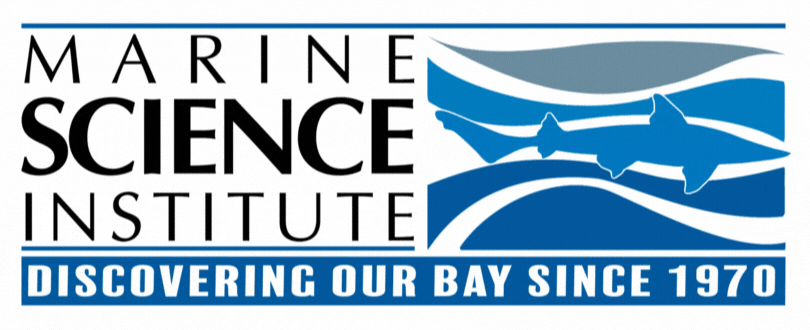
Octopuses are believed to be highly intelligent compared to other invertebrates, with five hundred million neurons in their brains. These cephalopods are known for their rounded bodies, bulging eyes and eight long arms. They are found in all oceans, but are abundant in warm, tropical waters. There are almost 300 different species, with the abilities to camouflage with their surroundings and produce ink to confuse predators from catching them.
This fun craft is great for kids to create their own octopuses, made by Andreja Vucajnk. Check out the links at the bottom for more information about octopuses.
Supplies
Paper plate (plain white one or per-colored one)
Orange color paint
Orange sheet of paper (or plain white paper and have the kids color it)
White paper
Scissors
Glue
Pen, black marker
Instructions
Start by coloring the paper plate. While the color dries we’ll be making tentacles and eyes!
Fold the orange sheet of paper to half – fold that half to half again (I think the technical term for this is double fold). Now draw two tentacles on the paper and cut them – this giving you 8 tentacles!
Cut two ellipses for eyes and draw the eyes with black marker.
When the color on the paper plate has dried flip it and start glueing the tentacles. You can go all around (but this way this octopus paper plate craft might easily be mistaken for a sun craft) or just have the tentacles on one half like we do.
Now all that is left to do is to glue on the eyes (you could just as easily just draw them directly on paper plate).
You can also add suckers to the tentacles – draw them, use bubble wrap, buttons, glitter glue, paper circles…
Resources and References
Andreja. “Octopus Paper Plate Craft.” Easy Peasy and Fun, 3 May 2015, www.easypeasyandfun.com/octopus-paper-plate-craft/.
“Octopus Facts for Kids.” National Geographic Kids, 30 Mar. 2018, www.natgeokids.com/uk/discover/animals/sea-life/octopus-facts/.





